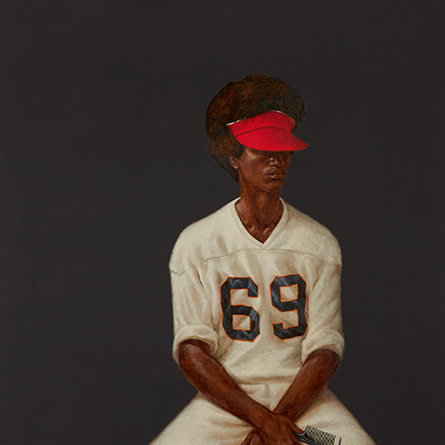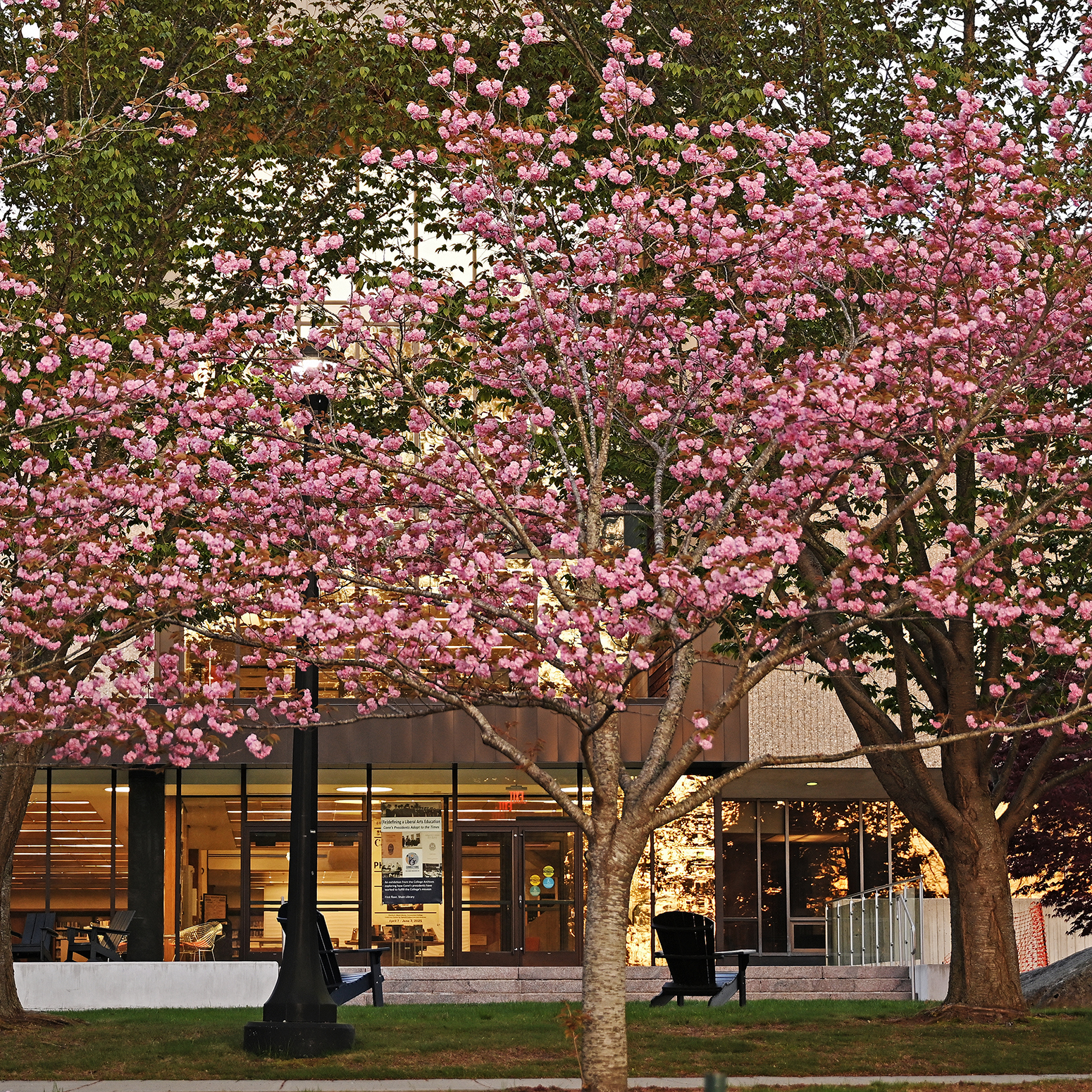
Painting by late Conn art professor Barkley Hendricks sells for record $4 million
A 1972 portrait by the late Professor Emeritus of Studio Art Barkley Hendricks sold for $4,013,000 at Sotheby’s Dec. 8, 2020, setting a new record for the artist known for his life-sized oil portraits of Black Americans.
“Mr. Johnson (Sammy From Miami),” which was estimated to sell for between $2 million and $3 million, eclipsed Hendrick’s previous sale record of $3,740,000 for his 1975 double portrait, “Yocks,” set in May of 2019. Two years earlier, “Yocks” had sold for $942,000.
Hendricks regularly painted friends, family members and passersby engaged in everyday activities. The organizing curator of his major retrospective, “Barkley L. Hendricks: Birth of the Cool,” said, “His bold portrayal of his subject’s attitude and style elevates the common person to celebrity status. Cool, empowering, and sometimes confrontational, Hendricks’ artistic privileging of a culturally complex black body has paved the way for today’s younger generation of artists.”
Originally purchased in 1973 from Kenmore Galleries in Philadelphia, “Mr. Johnson (Sammy From Miami)” was featured in the 1975 exhibition “Barkley Hendricks – Recent Paintings” at the Greenville County Museum of Art in Greenville, S.C., Hendricks’ first solo show in the American South.
In the chronology for Hendricks’ “Birth of the Cool” catalog, Hendricks’ wrote of the exhibition, “I was told I would not be able to show any nudes. I later discovered they had white nudes in their collection. My black nudes were just too ‘black,’ so I’ve been told.”
Hendricks joined the Connecticut College faculty in 1972 and worked with generations of students to develop and refine their artistic voices in courses on representational painting, drawing, illustration and photography, until he retired in 2010. He died in 2017 at the age of 72.
Two weeks before his death, Hendricks gave his last known interview to CC Magazine, reflecting on his career, his style and his inspiration. When asked about the political nature of some of his later works—including one in which the words “I no can breathe” are on a subject’s sweater—Hendricks asked, “Are those pieces political?”
“When someone describes any of my work as political, I have to wonder about the standpoint they’re approaching me from. In the context of (screwed) up American culture, many things that black people do are considered political, and now and then there’s a piece I do that does have a political edge to it. But the vast percentage of what I do is not what I’d consider political even if some people assume incorrectly that it is,” he said.

